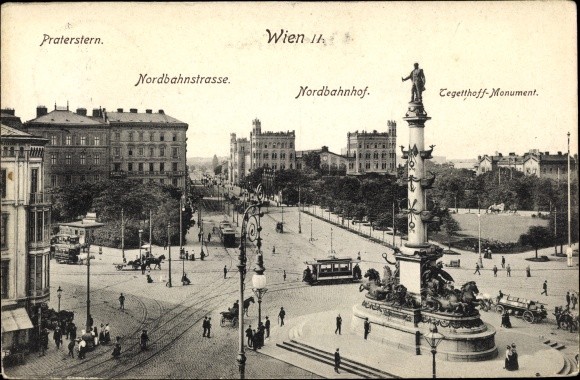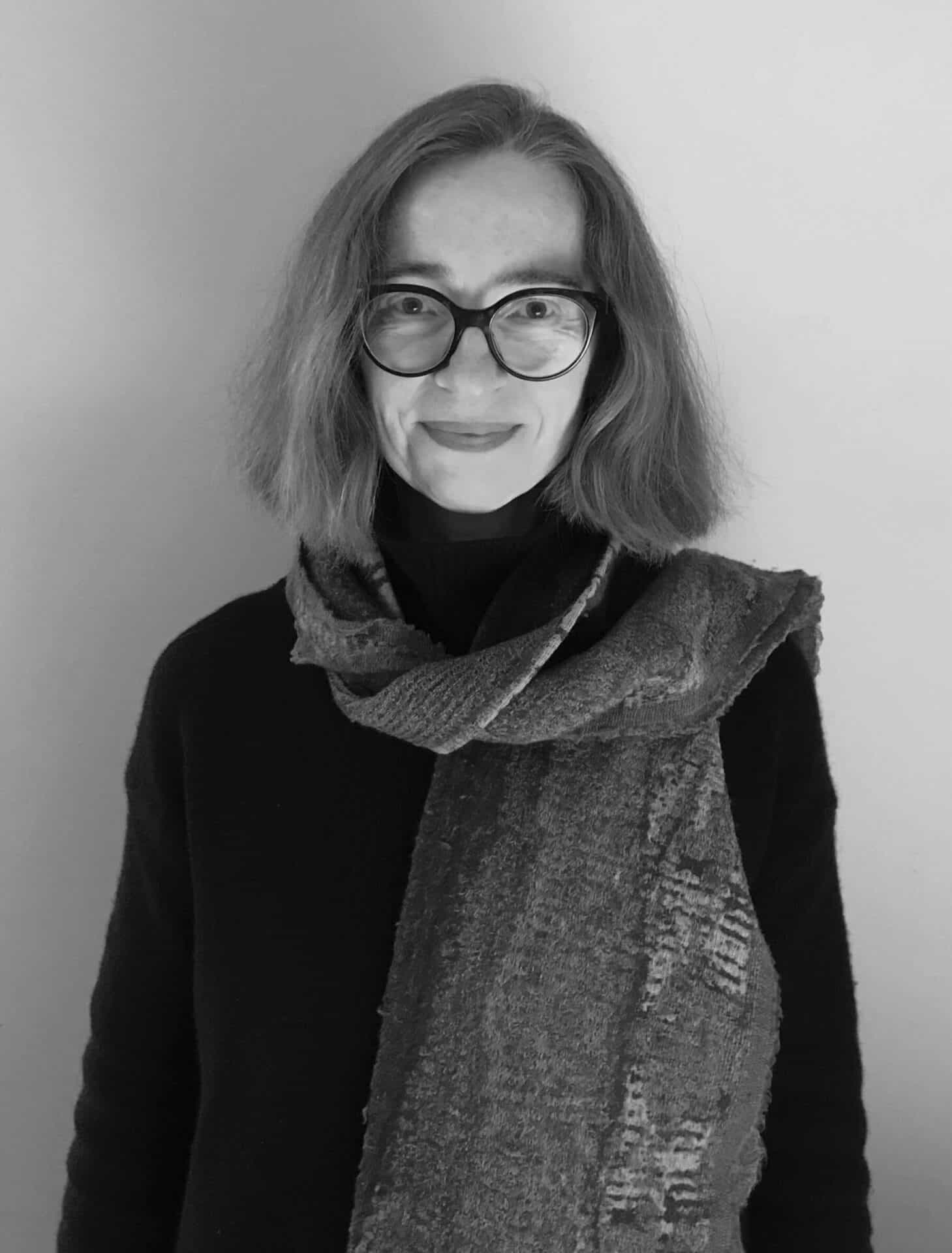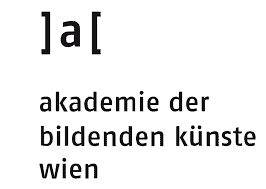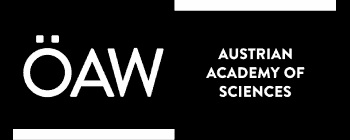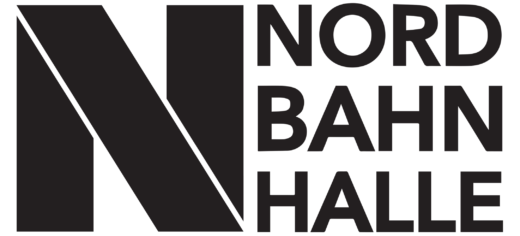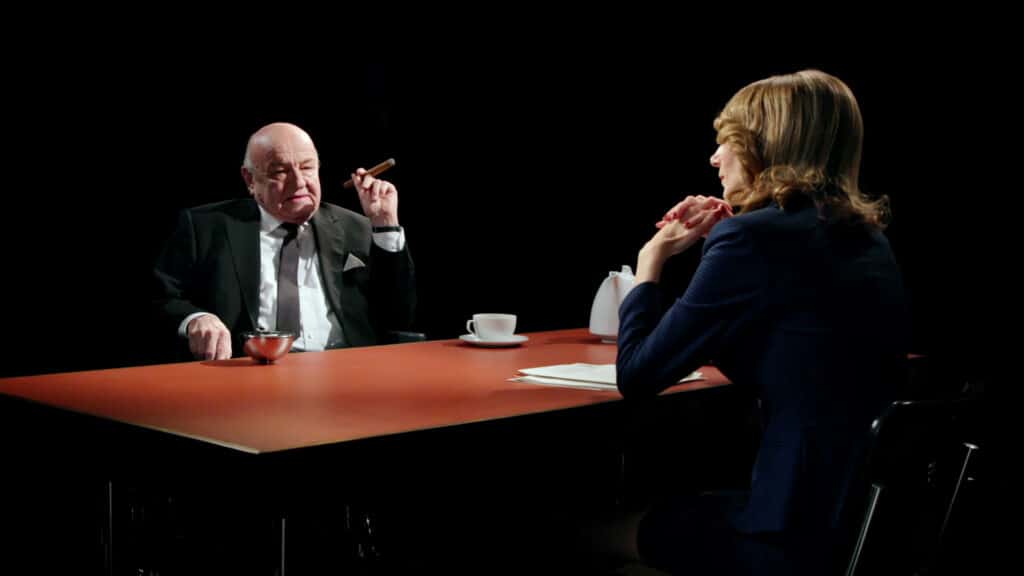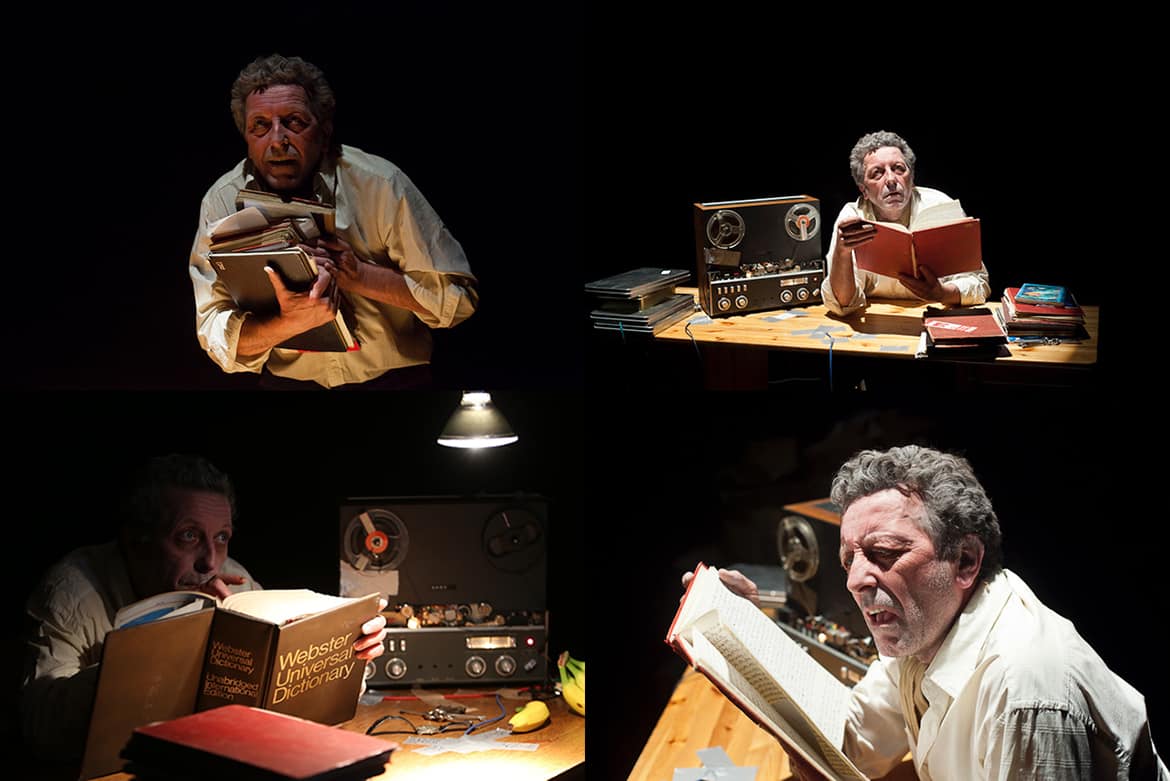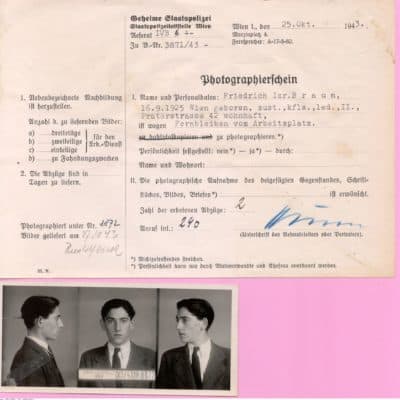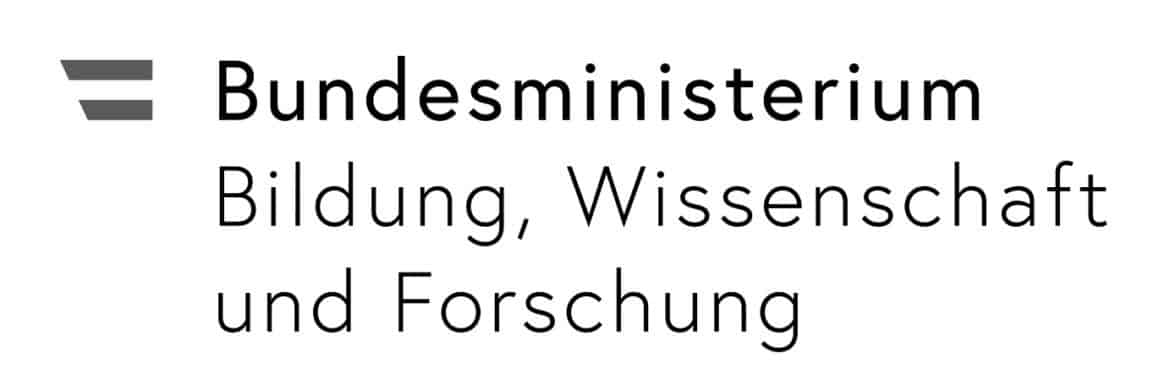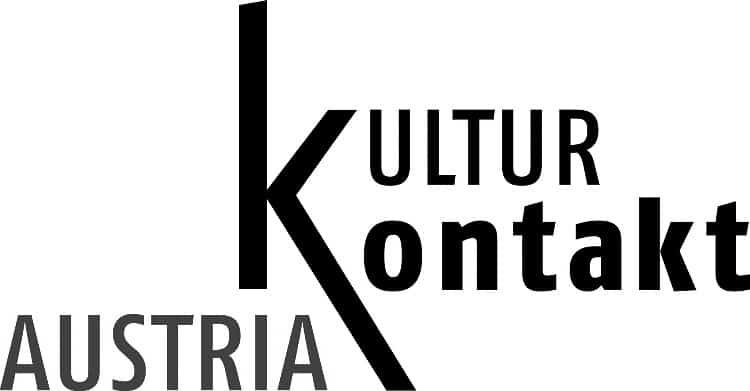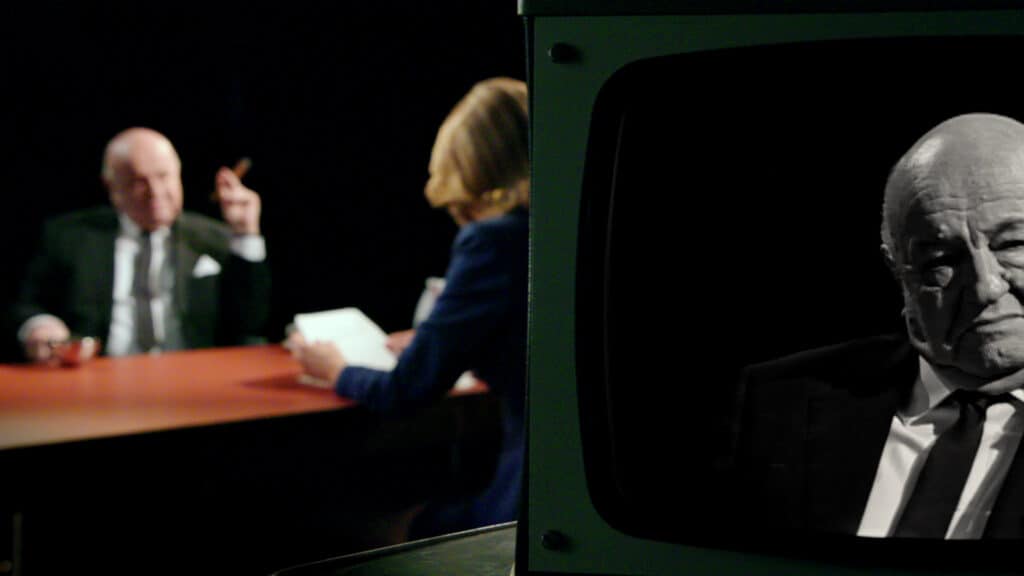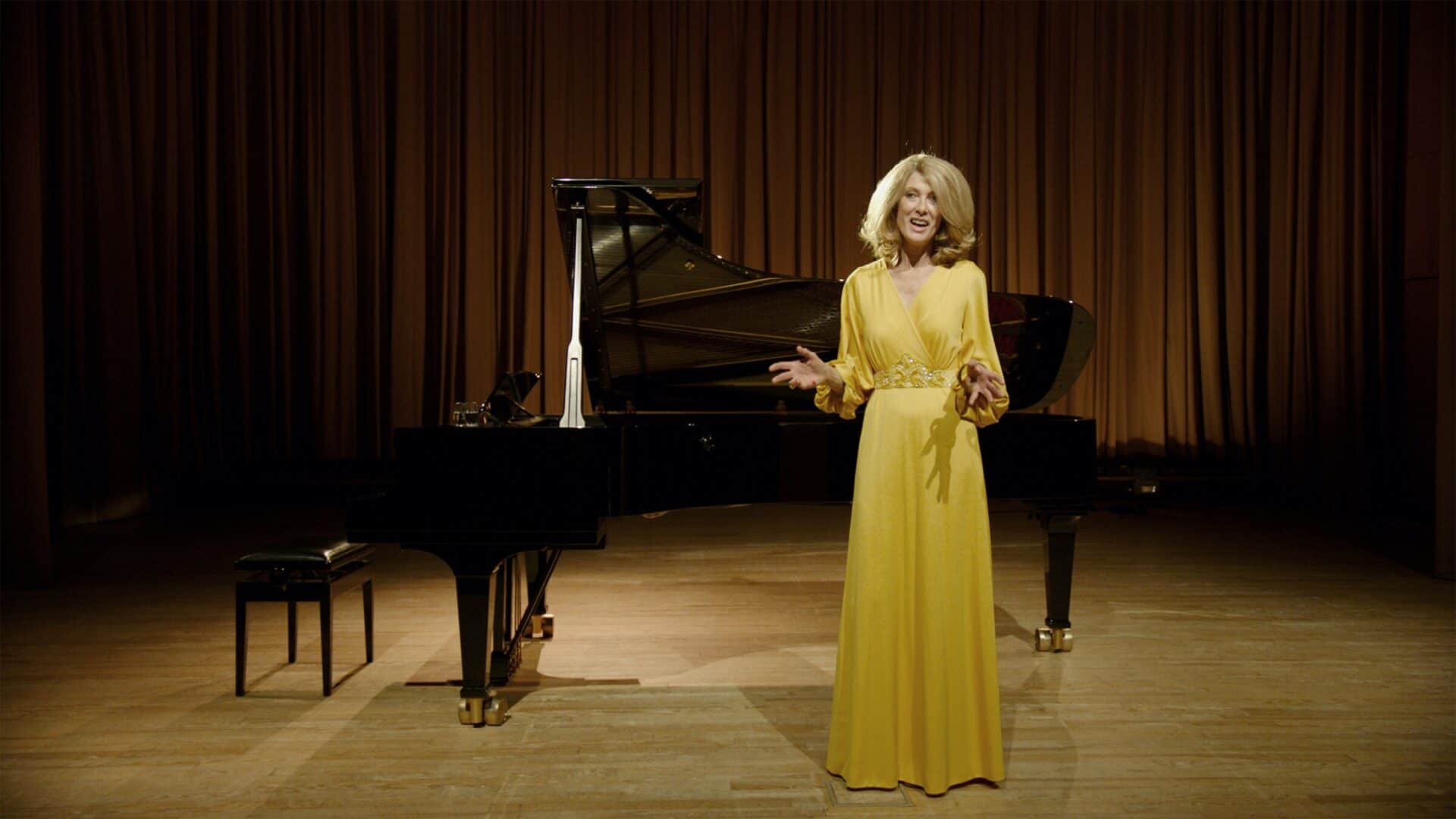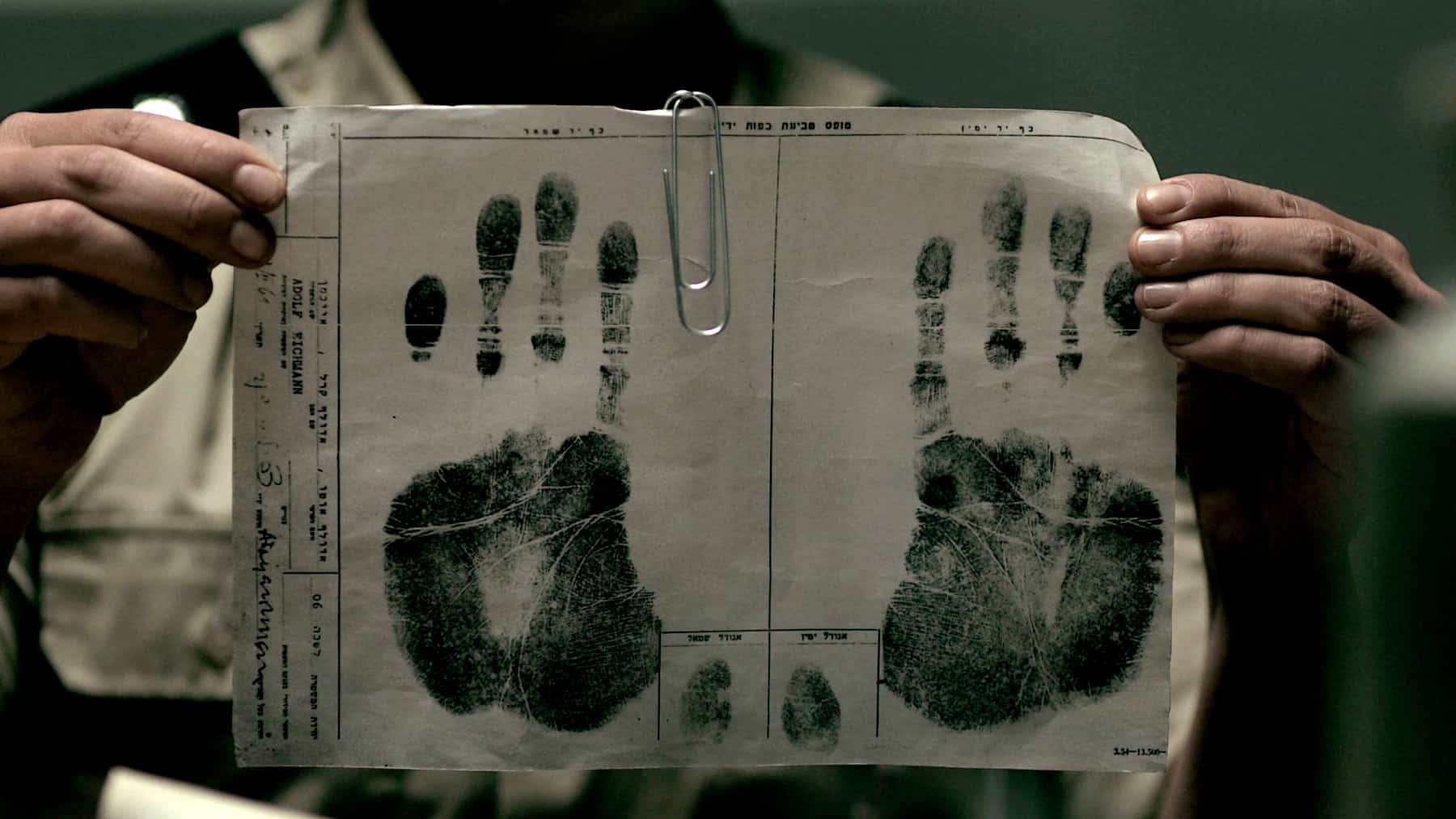Next – Project

Performing Remembrance and the Politics of Commemoration
Curated by Elke Krasny and Jade Niklai
The Nordbahnhof Project addressed the complex cultural history of Vienna’s Nordbahnhof urban regeneration site through the presentation of public art performances, installations, public events, research and educational initiatives.
The Nordbahnhof area is currently one of the largest urban renewal initiatives in Austria and Central Europe, developed as a public (City of Vienna) private (OEBB, Wiener Staatische and Strabag) partnership. A central feature of the current masterplan is the “Freie Mitte” (Free Middle), designed by Studio Vlay Streeruwitz, which is a proposal for an ecologically diverse urban wilderness park, located alongside the railway line of the former Nordbahnhof train station. By 2025, over 20,000 occupants are expected to live and work on the site and yet, to this day, there is no reminder that the central feature of this regeneration project – the demolished Nordbahnhof train station – was an integral part of the Nazi regime’s deportation machinery.
Between 1943 and 1945 many victims of National Socialism – comprising largely Jews, Sintis, Romas, homosexuals, political opponents and sympathisers of such victims – were deported from the Nordbahnhof train station to concentration camps located in eastern Europe, namely Auschwitz-Birkenau and Theresienstadt. In 2018 these crucial facts remain largely unknown to the general public, including local residents. The absence of existing commemoration onsite or published plans for such future acknowledgement, set the framework for “Remembering Nordbanhhof”. As the project develops, the history of the Nordbahnhof train station – arguably one of the great and last treasures of Habsburg era architecture and urban planning – and the site’s current ecological, social and cultural evolution, were addressed.
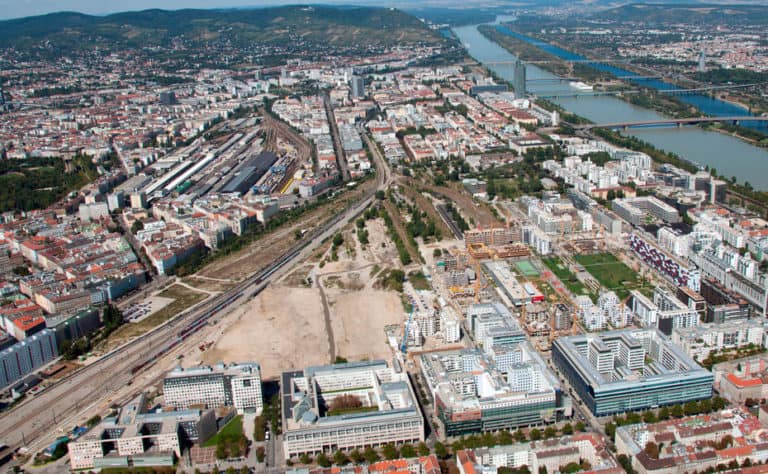
Approach
The purpose of The Nordbahnhof Project was to connect a critical urban location’s past, present and future with its current occupants and users, who include local residents, nearby school students, the general public, cultural commentators and memory practitioners in Austria and abroad. Activities took place over two years (2018-2020) and included a public programme (discussions, walks, talks, reading groups), an educational programme, new historic and artistic research and an artist-in-residence programme.
Nordbahnhof Working Group
The project began in 2018 with the establishment of The Nordbahnhof Working Group, consisting of project curators (Elke Krasny, Jade Niklai), Holocaust historians (Heidemarie Uhl, Michaela Raggam-Blesch, Dieter J. Hecht) and visual artists (Eduard Freudmann, Zsuzsi Flohr). The Group’s purpose was to establish an accurate historical and artistic framework for research and new knowledge production. Informed by the concept of ‘multi-directional memory’, coined by Professor Michael Rothberg (Professor of English and Comparative Literature and Chair of Holocaust Studies, UCLA), the Working Group formally concluded with the completion of the historic research study, titled Remembering Nordbahnhof.

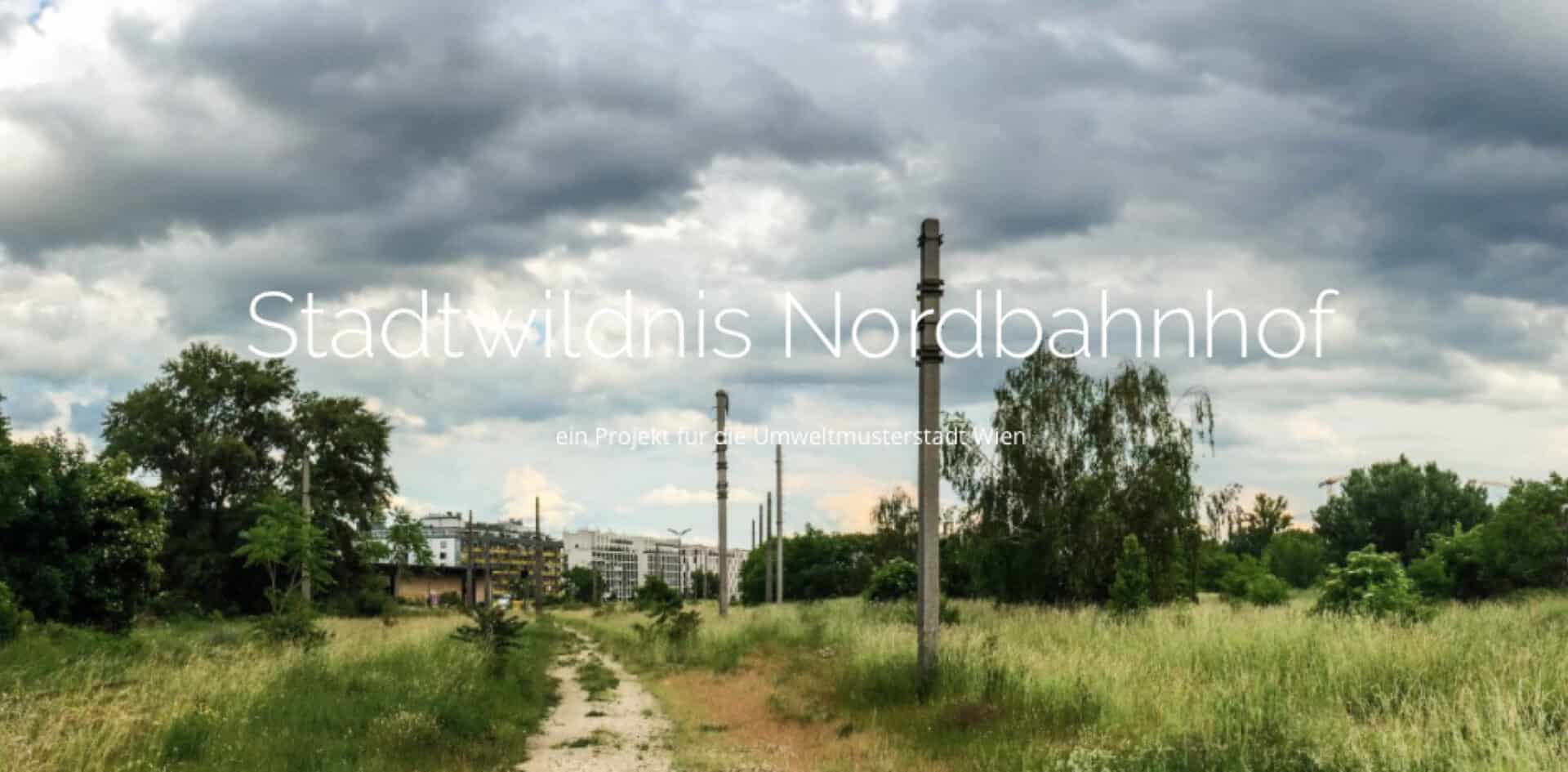
Curatorial Programme
During phase one, “Remembering Nordbahnhof” (2018-19), the history and role of the Nordbahnhof train station during the Nazi deportations of 1943-1945 were addressed. Activities take place on site at Freie Mitte (outdoor public space) and at Nordbahnhalle (indoor community centre), and other venues of partner organisations. The programme comprises five types of new commissions: public events, historical research, artistic research, education and an artist-in-residence.
1. Public Events
These activities focused on raising awareness about the Nordbanhhof’s history and showcased contemporary artistic practices embedded in commemoration culture. They were free and open to all, largely conducted in German with some contributions in English.
29.11.2019 Reading Circle with Gabu Heindl, Das Packhaus, Vienna
18.11.2019 Reading Circle with Zsuzsi Flohr, Singer Bookshop, Vienna Wiesenthal Institute
15.11.2019 Screening and talk with Dani Gal, Film und Bühne Studio Molière, Vienna
29.10.2019 Screening and talk with Dani Gal, Open Society Archives, Budapest
24.10.2019 Guest Lecture by Dani Gal, Angewandte – University of Applied Arts, Vienna
13.10.2019 Reading Circle with Nina Prader, Academy of Fine Arts, Vienna
08.10.2019 Reading Circle with Dani Gal, Vienna Wiesenthal Institute, Vienna
12.04.2019 Artist’s Talk by Dani Gal, Academy of Fine Arts, Vienna
27.10.2018 City Walk with Sándor Békési, Leopoldstadt, Vienna
25.06.2018 Public debate, On the Future of Remembering, Nordbahnhalle, Vienna
2. Historical Research
Researched and written by Dr. Michaela Raggam-Blesch and Dr. Dieter J. Hecht, fellows at the Austrian Academy of Sciences, the study was published by Blood Mountain Projects in June 2019 and distributed as an English-language digital publication. See below for link to download.
Dr Raggam-Blesch and Dr Hecht both hold research posts at the Institute for Culture Studies and the History of Theatre, hosted by the OEAW (2005-) and together co-authored the preeminent text, “Topography of The Shoah in Vienna: Memorial Sites of a Ruined Jewish Vienna”, Mandelbaum, 2015 (in German only).
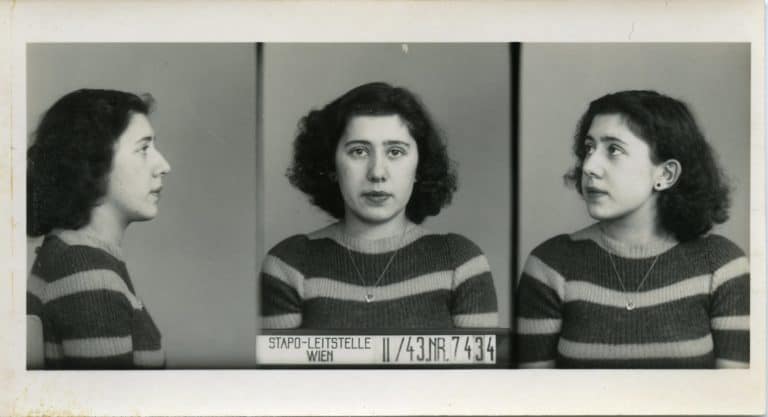
Excerpt:
“The Holocaust’s break with civilisation cannot be located in the extermination camps and murder sites alone – it began in the middle of one’s own society, in the middle of one’s own city. Especially in the [Austrian] Commemorative Year of 2018 (Gedenkjahr 2018), the reports of contemporary witnesses and the photographic documents of the ‘Anschluss’ pogrom in March 1938 remind us of the Austrian and Viennese population’s complicity in the Nazi persecution policy.
The deprivation, humiliation and expulsion of the Jewish population did not happen in secret. The bulk of the Jewish population of Austria was deported from the Vienna Aspangbahnhof (Aspang Train Station) to ghettos and extermination camps in the east, starting with the great deportations of February 1941 to October 1942, when a total of 45,451 women, men and children were deporated in 45 transports. Even after the completion of these major deportations, Jews continued to be deported individually and in smaller groups between 1943 and 1945, which took place from the Nordbahnhof (North Train Station). While the Aspangbahnhof is already present in the memory of the City of Vienna through various commemorative initiatives, the deportations from Nordbahnhhof remain largely forgotten.” – wrote Dr. Michaela Raggam-Blesch and Dr. Dieter J. Hecht
3. Artistic Research
A City without Jews (2018-19), an artistic proposal for The Nordbanhhof Project, builds on the artistic duo’s 2015 commemorative performance, What They Did Not Do, We Do (13 June 2015, Morzinplatz, Vienna). With the support of fellow artists, musicians, actors and other collaborators; honoured an unofficial and short-lived commemorative plaque installed in 1951 on the site of the former Gestapo headquarters in central Vienna.
Zsuzsi Flohr and Eduard Freudmann: “Monument für Übermorgen – A Monument for the Day After Tomorrow”, 2015 (performance, Vienna)
Vienna’s Nordbahnhof area has a long Jewish history. But will it also have a Jewish future? To consider this timely question, Vienna-based visual artists, Eduard Freudmann and Zsuzsi Flohr, have conducted a year of research and development, to realise a public art performance and installation to commemorate the victims of the Nordbahnhof deportations under the project title, “Monument für Übermorgen – A Monument for the Day After Tomorrow”.
Commissioned by the 2015 Wiener Festwochen and produced with Benjy Fox-Rosen (music), Eva Reinold (performance) and Luisa Ziaja (curator).
4. Education
Working with the Brigittenauer Gymnasium in the Vienna’s 20th district, which sits walking distance from the Nordbahnhof area, we worked with a dedicated team of educators, historians and artists, on a year-long education programme, examining the history and migration communities of the Nordbahnhof area. Participants include final-year art students, aged 17-18.
Led by Claudia Lomoschitz, artist and educator, in association with Julia Riederer, Borg 20 art teacher and independent artist, and special guests.
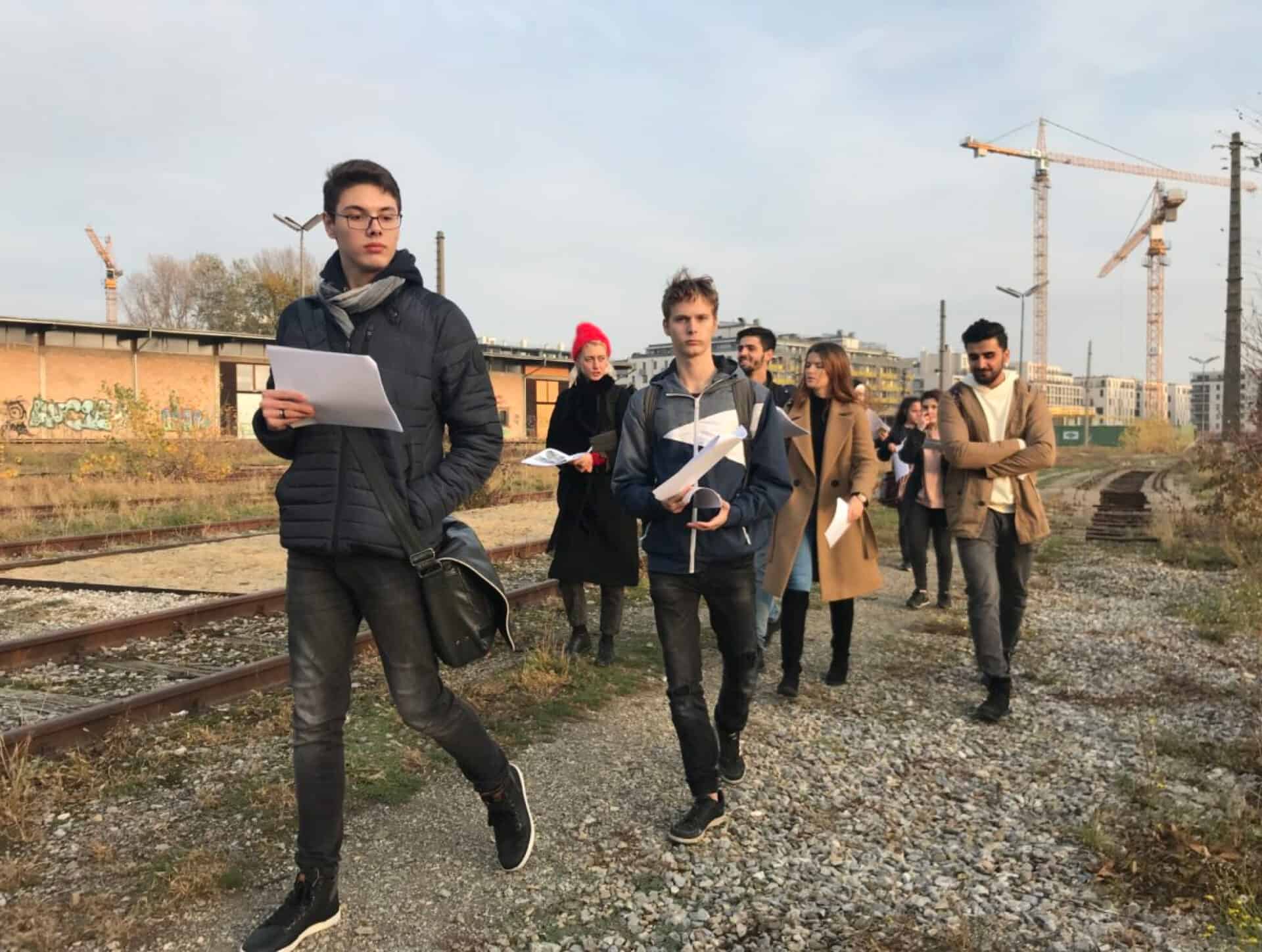
5. Artist-in-Residence
Dani Gal, August to October 2019
Dani Gal investigates how personal and collective histories and memorisations are produced, selected and carried through time and space by means of intense research and the examination of historical documents – visual, written and audio – in dialogue with current political occurrences and cultural narratives. During the residency, the artist takes part in several public events, which build on his earlier contribution to The Nordbahnhof Project’s events programme.
